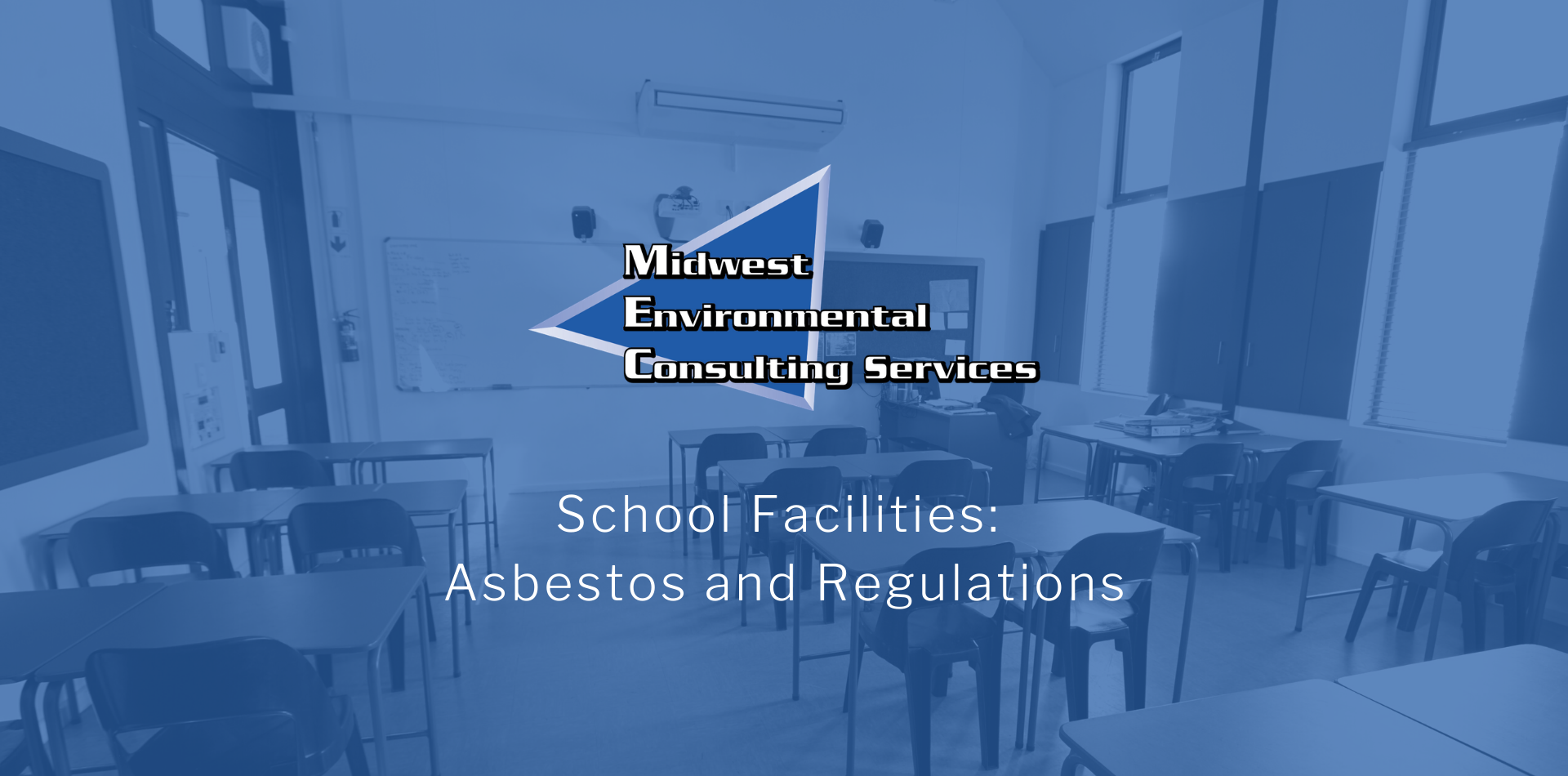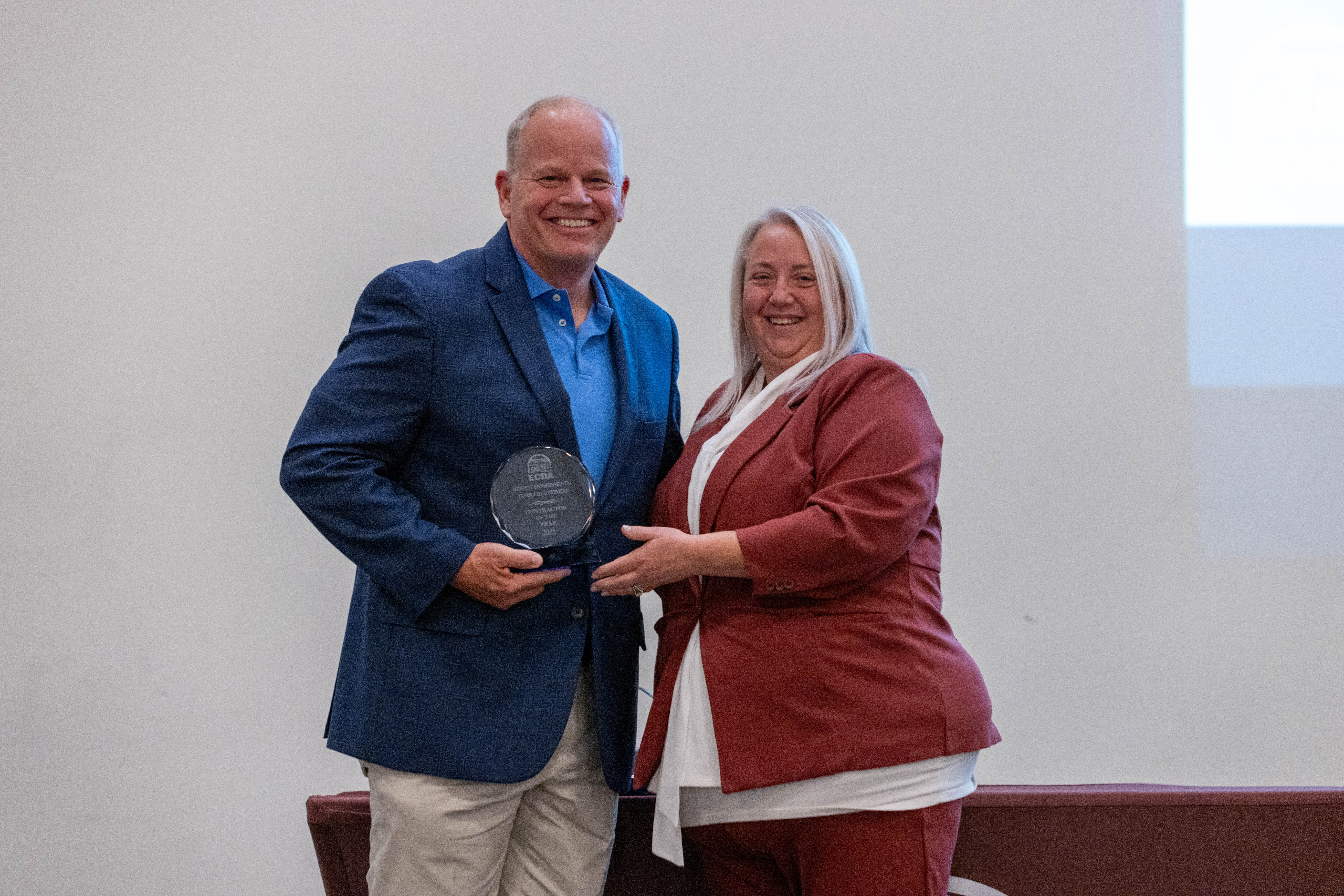School facilities are obligated to have precise rules regarding asbestos exposure. These rules and regulations are meant to protect students and faculty. Let’s go over the specific rules governing asbestos exposure and important information for parents and guardians.
The following rules are provided by the EPA (Environmental Protection Agency). They are known as AHERA. Public and private schools are expected to uphold the following…
-
Schools are required to have 2 copies of the asbestos survey and management plan available.
-
Point of contact to oversee the execution of the management plan.
-
Issue an annual notification to all parents, faculty, and employees regarding the schools’ management plan and its accessibility.
-
Notify parents, faculty, and employees of upcoming asbestos actions.
-
Ensure custodial staff is trained on asbestos material.
-
Conduct an initial inspection, referred to as the AHERA Comprehensive survey & management plan, to determine whether or not asbestos material is present in school. Following this, schools with asbestos are required schools are required to have an outside 3rd party conduct 3-year inspections every 3 years, performing reinspections every year within 6 months of hire, these are required to be performed by a licensed inspector.
-
Vigilantly observe suspected or confirmed asbestos material in school.
-
Verify inspections and actions are completed by a licensed professional in the field.
*It is important to note that in accordance with EPA guidelines, an “AHERA designated person” must be selected. This individual is responsible for upholding the school’s specific management plan. The effectiveness of the management plan largely depends on the dedication of the appointed individual. As a result of varying school district sizes, there is no one single training program for AHERA designated individuals. However, training must include…
-
Education on the health effects and implications of asbestos
-
Observation and evaluation of ACBM (building materials containing asbestos)
-
Viable resources for controlling ACBM
-
Complete an effective management plan
-
Federal/ State ordinances regarding asbestos
A Brief History
Following WWI and WWII, commercial use for asbestos increased in buildings. In the 70’s, stemming from increased health concerns, the use of asbestos was slowed. Due to how abundant, inexpensive, strong and available the substance was, it was used in thousands of different products.
How It Is Made and Important Facts to Know
Created from minerals, asbestos has distinct qualities. Their thin, long fibers are responsible for distribution of hundreds/ thousands of micro fibers invisible to the human eye. This is concerning because each fiber can be further divided into many fibrils. There are two distinct types, amphibole and serpentine. The overwhelming majority of asbestos in the US come from Chrysotile, also referred to as white asbestos.
The most common applications of asbestos in schools are…
-
Vinyl Base Flooring
-
9” x 9” Floor Tile
-
12’ x 12” Floor Tile
-
Black Mastic
-
Roofing
-
Plaster
-
Pipe Insulation
-
Boiler Insulation
-
Ceiling Panels
-
Heating and AC Equipment
-
Fire Doors
There are two types of ACBM. The first is known as friable. Friable technically means that the material can be disturbed or crushed by hand pressure; signifying that it is easy to disturb; certainly by construction and demolition activities require people to exercise extra caution. Friable fibers such as drywall – tape and compound, 9″x9″ floor tile, 12″x12″ floor tile, Terrazo (on rare occasion) black mastic, sink undercoating, are easily released into the air in comparison to non-friable fibers which do not release as easily. However, if activity could make non-friable fibers, friable fibers, they should be treated as such. Friable fibers will easily crumble or become powder when pressure is applied to the dry ACBM.
Outlining The Dangers
According to studies on asbestos exposure, breathing in fibers resulted in the development of multiple diseases. The respiratory system is most affected by asbestos. While our bodies have a natural “filtering” capability, asbestos particles are small enough to pass through this and affect the lung’s air sacs. If the body can not effectively remove or detoxify this material, illness and disease begin to form from exposure.
The illnesses associated with asbestos exposure are mesothelioma, asbestosis, lung cancer, and other various cancers.
Mesothelioma: This type of cancer manifests in the chest lining. It can also manifest in the stomach lining. Mesothelioma is known to be fatal and rapidly spreading. Even individuals with minor asbestos exposure have been diagnosed with mesothelioma, proving just how dangerous and toxic asbestos is. 30 to 40 years can pass before the disease is detected.
Asbestosis: This disease occurs when the lungs are scarred from exposure. When lungs are scarred, their elasticity is significantly reduced as well. This disturbs the natural inhalation/ exhalation rhythm and subsequently makes breathing extremely difficult. After an individual is exposed to large quantities of the fibers, disability and fatality can occur. Unfortunately, it takes many years of exposure for these symptoms to manifest. The average is between 15 and 30 years.
Lung Cancer: In this case, the culprit seems to be the dosage. For example, the more exposure an individual has to an asbestos material, the higher chance they will develop lung cancer. Similar to the above condition, a period of 30 years may pass until symptoms of the disease manifest.
Following research, a general consensus was made that sickness is dose-related. In other words, the more one is exposed to ACBM, the more likely they are to develop a disease. Maintenance and construction workers are in the highest risk demographic. This is why these individuals need to take extra precautions to protect their health. This includes implementing safe work practices and protection equipment.
Understanding Low-Level Exposure
The above scenarios mainly depict high exposure consequences, however, low levels are not safe either. According to a study published by the NIOSH, no level of asbestos was deemed safe. This means an occupant of a building is at risk without interacting with asbestos. With this being said, removal is not usually the first course of action. In some cases, removal can actually be dangerous when done without proper measures in place. When the asbestos is clearly identified and observed periodically, the indoor environment is less toxic and safer.
Effective School Management Plan
The school management plan kept on-site will describe where in the building ACBM is located and any action planned for removal or treatment of ACBM. School officials are responsible for housing these records. These records must also feature the following information…
-
Inspection date
-
Upcoming inspections
-
Outline of preventative measures taken to reduce exposure risk
-
An exact map out of asbestos material in the building
-
The exact type of asbestos material and locations, and should include records of asbestos maintenance and or abatement records and air sampling reports.
-
The school’s full name & address
-
A copy of building inspection and the name of a laboratory which tested & verified material Contact information for the designated individual
-
Record of notification(s) given to parents and faculty (inspections, re-inspections, etc.)
*It is important to note parents, faculty and employees have the legal right to view the school’s management plan for asbestos. PTA’s are able to view the management plan within 5 days maximum from request. When a written notification is sent out to parents, faculty, and employees, it must be date copied and included in the management plan. Included in this notification are temporary workers (short-term). This includes utility workers, exterminators, electricians, etc.
If a school is unable to produce or find the management plan and or survey; the governing agencies such as IDPH are likely to find the school for document mismanagement. This commonly can result in fines of several to tens of thousands of dollars depending on the situation.
Local Education Agency’s Responsibilities
The LEA is responsible for inspections in all private and public schools at the elementary and secondary school level. They are also responsible for outlining the management plan in accordance with the school and AHERA. Having a clear outline is important for all individuals involved to work together cohesively.
In addition to the above responsibilities, the LEA must also…
-
Confirm school’s records are updated immediately after activities such as inspection, re-inspection, observation, and maintenance
-
Confirm custodial workers are informed, trained, and prepared, schools are required to have 2-hour awareness training for all new custodial staff within 6 months of hire if they are working around asbestos materials.
-
Issue annual notification to faculty, parents, guardians, etc.
-
Warning signs are clearly visible and accessible
-
Confirm management plans can be viewed and inspected at any time
-
Select designated individual
-
Verify training of designated individual
-
Confirm all temporary workers in the building are informed of suspected and confirmed ACBM Determine if a conflict of interest exists amongst personnel due to ACBM
-
Adhere to AHERA guidelines and obligations
Conflict of Interest
As stated above, LEA must consider potential conflicts of interest. For example, air sampling should not be completed by the same individual who performs abatement. Whoever completes abatement work will not be the same individual and/or group who confirms safe indoor air levels. All potential interest conflicts should be discussed with the designated individual early-on.
Inspectors
According to AHERA legal guidelines, an inspector must be fully accredited and complete the inspection under LEA supervision and guidance. As mentioned previously, friable vs. non-friable will be determined by the inspector. The materials will also be sampled. The samples will be sent to the lab for analysis.
*It is important to note only trusted and certified laboratories can be used for asbestos testing.
Furthermore, re-inspections are also deemed essential. During the re-inspection process, friable and nonfriable material will be evaluated every three years following the initial inspection.
What Do Federal Guidelines Say?
Federal guidelines state that inspections and management plans must be carried out. Aside from this, the removal of asbestos material is not mandatory unless damaged or planned to be involved in future renovation/ demolition. The NESHAP governs hazardous air pollutants as they pertain to asbestos. In the event asbestos is removed due to renovation/ demolition, the project must be completed in alignment with the NESHAP.
*It is important to note individual state guidelines and city guidelines may be more rigorous and should be adhered to as well. All Illinois schools; are required to follow the AHERA Asbestos regulations. Schools will only follow NESHAP regulations if:
1. School is being demolished
2. The work is being performed on the exterior of the building.
3. Part of the school has been decommissioned.
Managing and maintaining safety in school buildings, both public and private, is first and foremost for the health and safety of all students, faculty, and employees long term. Midwest Environmental Consulting Services has over 35 years of experience in the environmental testing and industrial hygiene industry. Whether you are in the public or private sector, MEC has the experience and systems in place to help your organization. Call us today to discuss your project, we will be there with you every step of the way.




